|
|
|
|
Mortgage rates are about to climb once again. Tuesday’s decision by the Reserve Bank to boost its cash rate by another half a percent will lift payments on a variable-rate $400,000 mortgage by another $100.
Rents are climbing too, and later this month petrol and diesel prices will spike when the six-month 22.1 cents per litre reduction in the fuel excise ends and isn’t extended.
But amid all of that, there’s some good news for Australians on the JobSeeker unemployment benefit, and payments including Youth Allowance and Austudy.
They are about to get their biggest automatic increases on record – two in a row. JobSeeker will climb by $25.70 to $668.40 per fortnight on September 20, and by about as much again on March 20 if the inflation forecasts come to pass.
It’s because the rates of JobSeeker and a range of other payments are linked to the consumer price index rather than wages, a decision made years ago that until now has had the effect of diminishing them relative to the pension, which climbs in line with wages.
With wage growth now anaemic and inflation soaring, just for the moment the tables have been turned. Although as I explain this morning, it draws attention to the hard-to-defend weirdness of the way we adjust payments.
|

|
Peter Martin
Business + Economy Editor
|
|
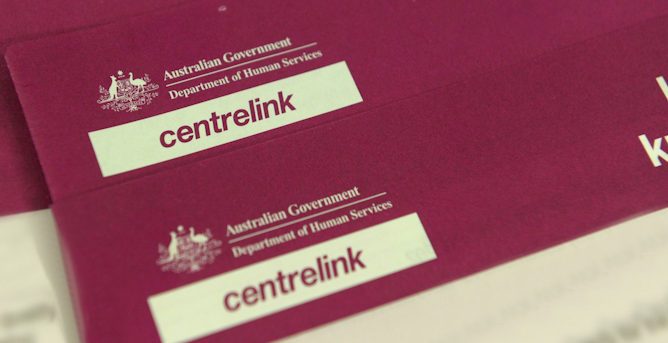
Peter Martin, Crawford School of Public Policy, Australian National University
On September 20, the single rate of JobSeeker will climb $25.70, to $668.40 a fortnight – its biggest-ever automatic jump. Yet that’s only $17,378 a year: not even two-thirds of the poverty line.
|

Richard Denniss, Crawford School of Public Policy, Australian National University
Fossil fuel subsidies from major economies nearly doubled in 2021, reaching almost US$700 billion. Here’s how Australia stacks up.
|
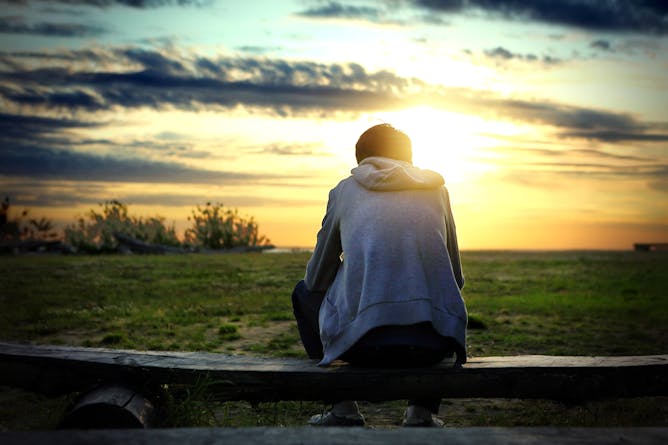
Kate Fitz-Gibbon, Monash University; Silke Meyer, Griffith University
Young people who experienced violence between other family members, and had been directly subjected to abuse, were 9.2 times more likely to use violence in the home.
|

Di Johnson, Griffith University
As with any major financial decision, you need to understand how the renovation fits with your broader life goals. Why do you want to do it?
|
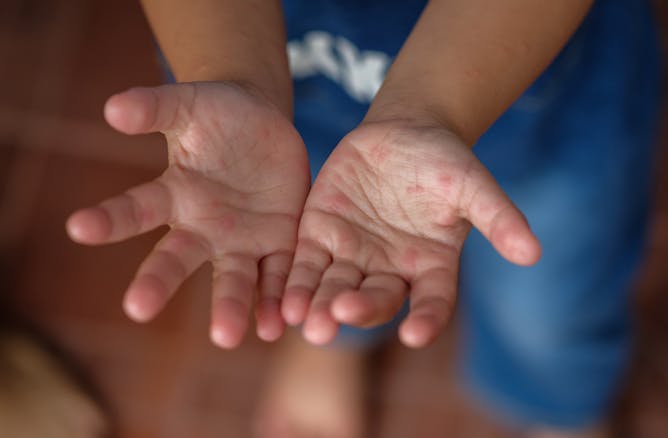
James Dunn, Western Sydney University
As well as a mild fever, children with the disease develop small white blisters or a red rash.
|
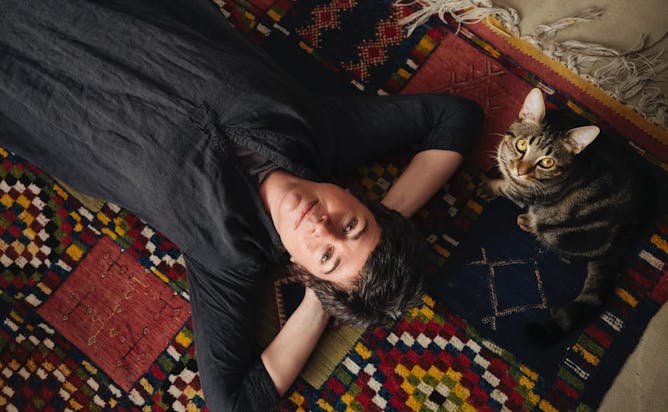
Meg Brayshaw, University of Sydney
Sophie Cunningham’s novel about Leonard Woolf and the contemporary writer attempting to tell his story is wry and earnest – and yes, devastating when it needs to be.
|
Politics + Society
|
-
Michelle Grattan, University of Canberra
As well as her interviews with politicians and experts, Politics with Michelle Grattan includes “Word from The Hill”, where she discusses the news with members of The Conversation’s politics team.
-
Suzanne Plater, University of Sydney
Shadeism, also known as colourism, is a global issue rooted in white supremacy but it’s seldom discussed here in Australia
-
Adrian Beaumont, The Conversation
Anthony Albanese extends his lead over Peter Dutton as preferred prime minister as the government’s ‘honeymoon’ period continues.
-
Tess Newton Cain, Griffith University
Efforts by the Solomon Islands’ government to delay its federal election and ban ships from its ports have caused international concern.
|
|
Health + Medicine
|
-
Ashleigh Barrett-Young, University of Otago
A thinning of the retina is associated with earlier ageing of the brain. Widely available retinal imaging could help detect cognitive decline in its earliest stages.
-
Peter McIntyre, University of Otago; Helen Petousis-Harris, University of Auckland; James Ussher, University of Otago; Joan Ingram, University of Auckland
As New Zealand emerges from its Omicron wave, increasing hybrid immunity and access to antivirals mean it’s time to shift the focus of COVID management.
-
Vivienne Lewis, University of Canberra
Some eaters have strong sensory sensitivities. Others find eating a chore or develop rigid beliefs around ‘good’ and ‘bad’ foods.
|
|
Science + Technology
|
-
Nicholas Carah, The University of Queensland; Aimee Brownbill, The University of Queensland; Amy Shields Dobson, Curtin University; Brady Robards, Monash University; Daniel Angus, Queensland University of Technology; Kiah Hawker, The University of Queensland; Lauren Hayden, The University of Queensland; Xue Ying Tan, Queensland University of Technology
None of the major digital platforms lets the public see what advertising they carry and how it’s targeted, according to a new report.
-
Meredith Nash, Australian National University
A recent report reveals 72% of women stationed in Antarctica have experienced sexual harassment. This is a shockingly high number – but change is possible.
|
|
Environment + Energy
|
-
Mark Patrick Taylor, Macquarie University; Neda Sharifi Soltani, Macquarie University; Scott P. Wilson, Macquarie University
It’s impossible to escape exposure to microplastics and a new study confirms they'e in household dust around the world. But the health risks appear surprisingly low, and vacuuming makes a difference.
|
|
Books + Ideas
|
-
Belinda Castles, University of Sydney
What happens when a promising young writer comes under attack from the written word?
|
|
| |
|
|
|
The Conversation AU
Melbourne VIC, Australia
•
Full Time
|

|
|
University of Tasmania
Launceston TAS, Australia
•
Full Time
|

|
|
Australian National University
Canberra Australian Capital Territory, Australia
•
Full Time
|

|
|
|
|
| |
| |

|
| |
| |
| |
Featured Events, Courses & Podcasts
|
View all
|
|
7 October 2021 - 7 October 2026
•
|

|
26 September - 3 December 2022
•
Melbourne
|

|
12 September 2022
•
Parkville
|
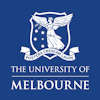
|
29 September 2022
•
Camperdown
|
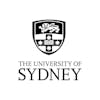
|
|
|
|
| |
| |
| |
| |
| |
|
|
|
|
|
|
|